Tailings & Mine Waste Disposal Design Method
Tailings and waste rock storage facilities must be designed, constructed and operated to the highest standards, taking into account the eventual need for closure and rehabilitation. Optimum strategies for facility management are site specific and therefore the facility location, disposal method, approach to water management and long term closure objectives must be clearly defined. LZZG’s team of qualified professionals uses worldwide project experience and international best practice guidelines to select the most appropriate tailings delivery and waste rock storage methods.
LZZG has significant experience of most conventional tailings disposal methods including:
- Slurry disposal to a valley storage — involving tailings discharge downstream towards a water retaining containment with supernatant decant or upstream away from the containment wall with a decant facility located at the upstream end
- Slurry disposal to a ring containment wall on relatively flat ground with a centrally-located decant facility
- Slurry disposal to a series of cells with tailings deposition cycled between the cells to facilitate consolidation and desiccation
- Central thickened discharge on relatively flat ground, with supernatant water collected behind a water-retaining perimeter containment wall or in a water-tight perimeter channel
- Down valley discharge of thickened tailings towards a containment wall, located at the head of a catchment
- Disposal of thickened tailings to cells, possibly in combination with mechanically enhanced evaporative drying, as used for red muds in the alumina industry
- In-pit placement of tailings as a slurry, as thickened tailings or combined with waste rock
- Underground backfill of mined-out stopes, in the form of hydraulic fill, rock-fill or cemented paste tailings backfill
LZZG integrates innovative disposal technologies wherever possible, in order to optimise tailings delivery methods. Recent developments in thickened, paste and enhanced dewatering technologies are frequently utilised to maximise water recovery, increase plant efficiency and minimise the environmental impacts of a particular development.


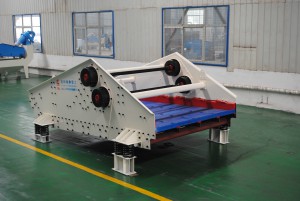
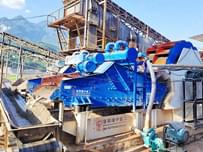
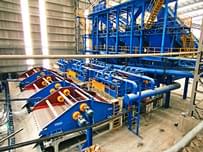
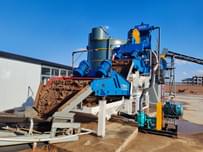
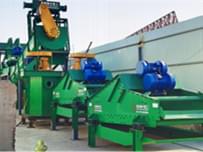
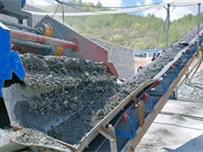
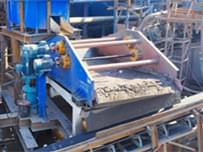
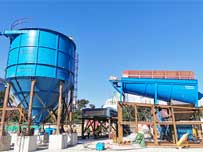
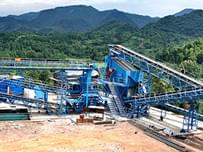




Send Message
Please write down your requirement and contact details in the following form. You can also send a message to us by this email export@lylzzg.com, we will reply to you within 24 hours.